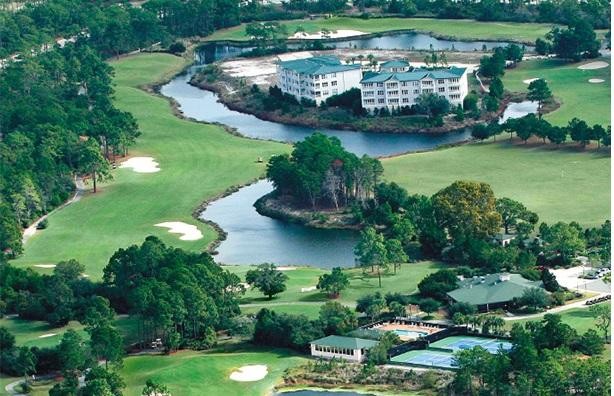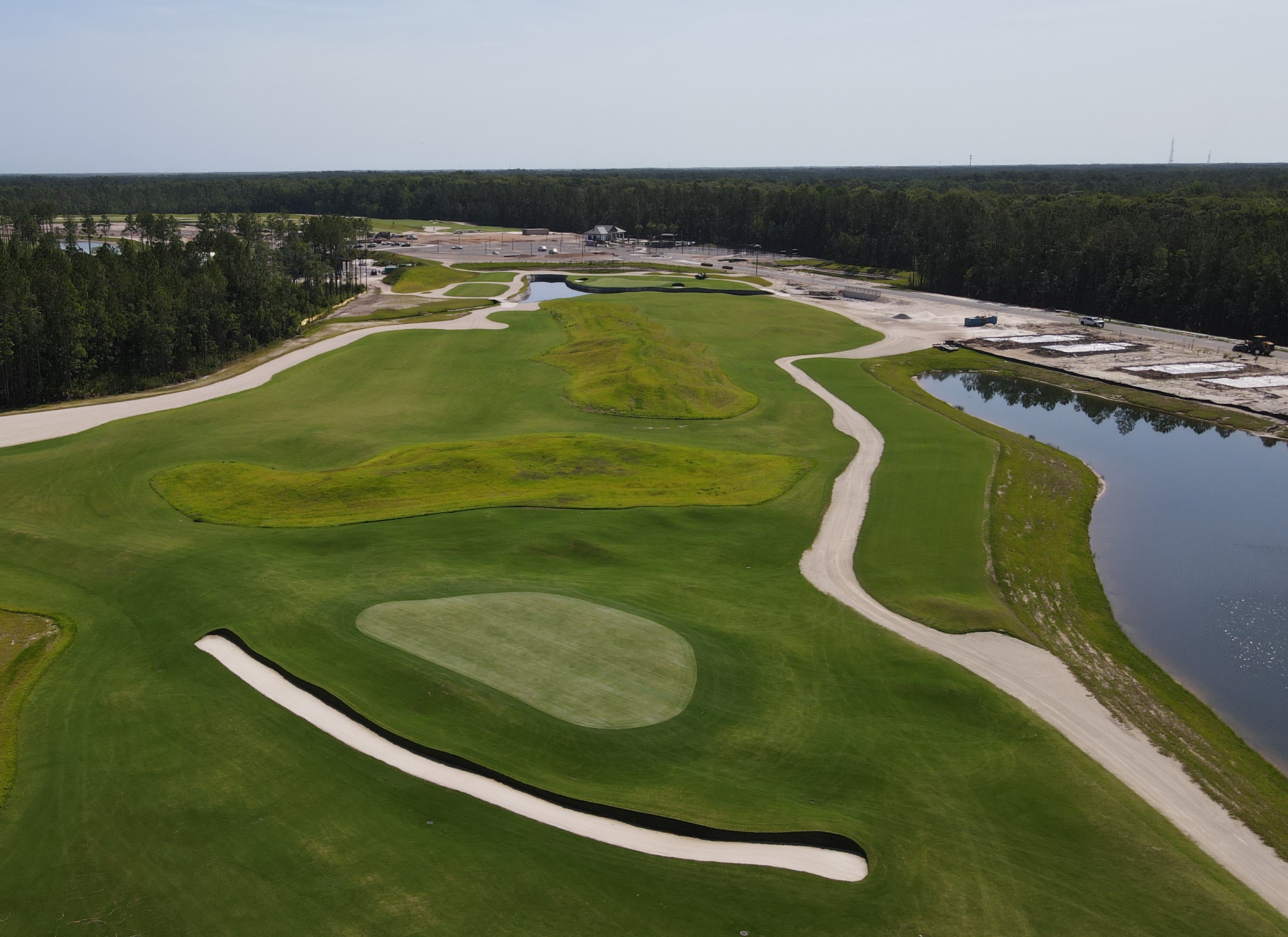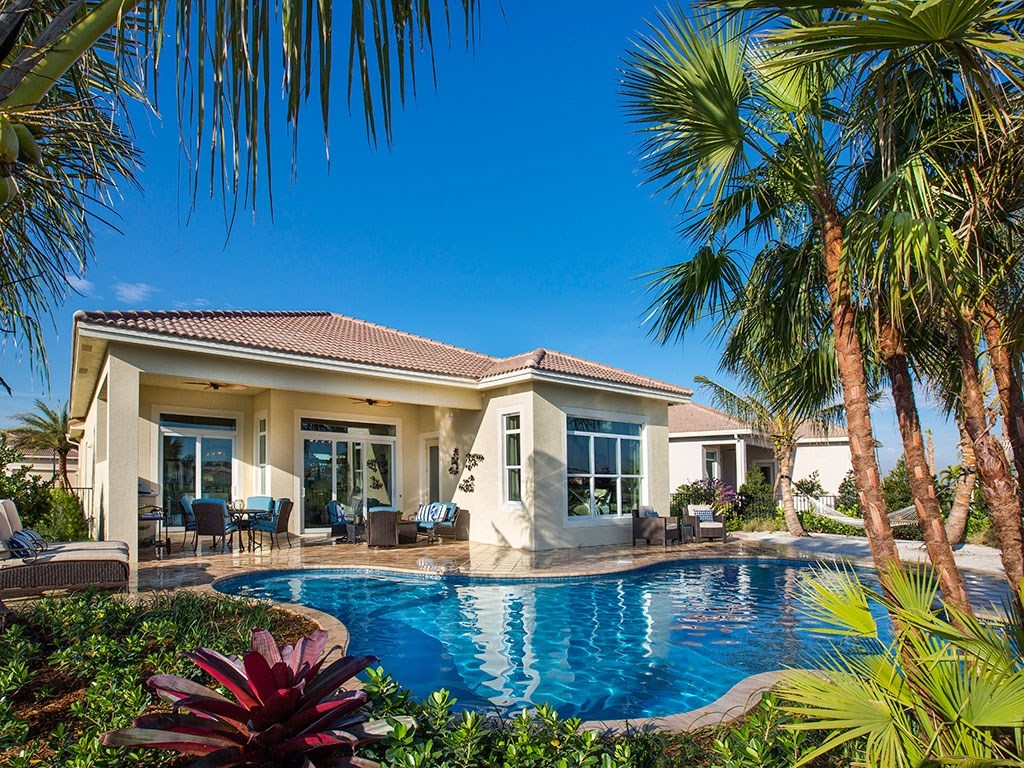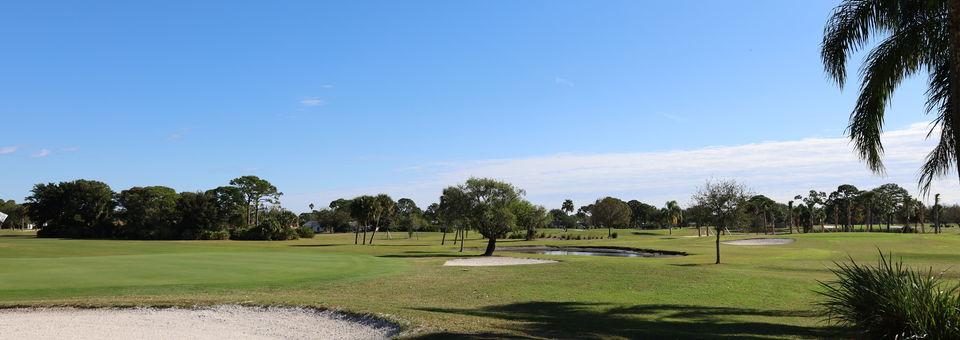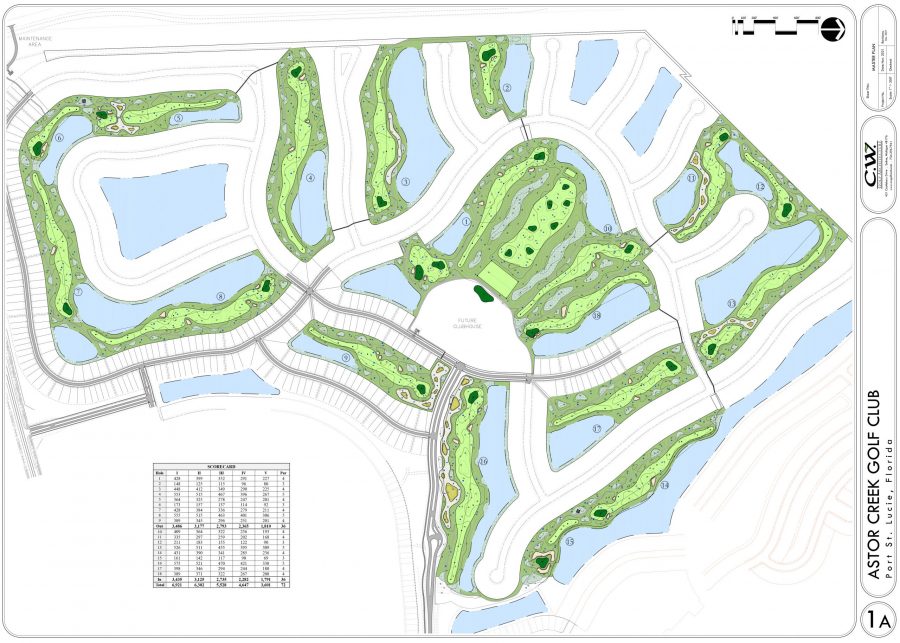Golf Course Communities In Port St Lucie Fl

The rhythmic thwack of a driver, the perfectly manicured greens stretching into the horizon, and the gentle hum of golf carts – these are the sounds and sights that define life in Port St. Lucie's coveted golf course communities. But beneath the veneer of idyllic suburban living lies a complex reality, one shaped by fluctuating property values, increasing competition for resources, and the ever-present challenge of balancing recreational desires with environmental stewardship. The allure of fairway-adjacent living continues to draw residents to this Treasure Coast city, yet the sustainability and long-term viability of these communities are increasingly under scrutiny.
Port St. Lucie’s golf course communities represent more than just leisure; they are significant drivers of the local economy and vital components of the city's identity. This article delves into the multifaceted nature of these communities, examining their economic impact, environmental considerations, lifestyle offerings, and future prospects. It will explore the challenges and opportunities facing residents, developers, and the city government, providing a balanced perspective on the evolving landscape of golf course living in Port St. Lucie, Florida. Understanding these dynamics is crucial for prospective buyers, current homeowners, and anyone invested in the future of this thriving coastal city.
The Economic Impact of Fairway Living
Golf course communities contribute significantly to Port St. Lucie's tax base. Home values in these neighborhoods often command a premium, generating higher property tax revenues for the city. These revenues, in turn, support essential public services like schools, infrastructure, and public safety initiatives.
The golf courses themselves are also economic engines. They employ a range of professionals, from groundskeepers and golf instructors to clubhouse staff and food service workers. Tourism related to golf events further boosts the local economy, filling hotels and restaurants and supporting local businesses.
According to a 2022 report by the National Golf Foundation, the golf industry in Florida has a total economic impact of over $12 billion. This includes direct spending at golf facilities, indirect spending by suppliers and vendors, and induced spending by employees and their families. This underlines the crucial role of golf course communities in Florida's economic ecosystem.
Lifestyle and Amenities: More Than Just Golf
The appeal of golf course communities extends beyond the sport itself. Many offer a wide range of amenities, creating a vibrant and engaging lifestyle for residents. These often include swimming pools, tennis courts, fitness centers, and clubhouses that serve as social hubs.
The meticulously maintained landscapes and green spaces contribute to the aesthetic appeal of these communities. Many residents value the tranquility and beauty of their surroundings, enjoying peaceful walks, bike rides, and scenic views. This sense of community and access to recreational opportunities are key drivers of demand for homes in these areas.
For instance, communities like PGA Village offer multiple championship courses designed by renowned architects, along with a state-of-the-art learning center. These amenities elevate the appeal, drawing golfers from around the globe.
Environmental Considerations and Sustainability
Golf course management presents a unique set of environmental challenges. The intensive use of water for irrigation, the application of fertilizers and pesticides, and the alteration of natural habitats can have significant ecological impacts. Finding a balance between maintaining pristine playing conditions and protecting the environment is a constant concern.
Many golf courses are implementing sustainable practices to mitigate their environmental footprint. These include using reclaimed water for irrigation, employing integrated pest management strategies, and creating wildlife habitats within the course boundaries. These efforts demonstrate a growing awareness of the need to minimize the negative impacts of golf course operations.
The St. Lucie River Estuary, a vital ecological resource, is directly impacted by runoff from surrounding areas, including golf courses. Responsible management practices are essential to protect this sensitive ecosystem.
Challenges and Opportunities
The real estate market in Port St. Lucie, like elsewhere, is subject to fluctuations. Economic downturns can impact property values and slow down new development. Maintaining the desirability and value of golf course communities requires ongoing investment and proactive management.
Another challenge is the aging population of many golf course communities. Attracting younger residents and families is crucial to ensuring the long-term vitality of these areas. This may involve adding amenities that appeal to a broader range of interests and lifestyles, such as playgrounds, dog parks, and community gardens.
Opportunities exist to enhance the environmental sustainability of golf courses. Utilizing drought-resistant turfgrasses, implementing water-efficient irrigation systems, and expanding wildlife habitats can all contribute to a more environmentally friendly operation. Collaboration between golf course managers, environmental organizations, and local government is essential to achieve these goals.
The Future of Golf Course Communities in Port St. Lucie
The future of golf course communities in Port St. Lucie hinges on adapting to changing demographics, economic conditions, and environmental concerns. The ability to embrace innovation and adopt sustainable practices will be critical to their long-term success. Investment in infrastructure, amenities, and environmental stewardship is essential to maintain their appeal and value.
Looking ahead, it is likely that we will see a greater emphasis on mixed-use development in and around golf course communities. This could involve adding residential units, retail spaces, and commercial properties to create more vibrant and self-sufficient neighborhoods. These developments would enhance the tax base and cater to a wider audience.
Ultimately, the allure of golf course living in Port St. Lucie remains strong, but the future demands a more holistic approach. By balancing the desire for recreational opportunities with environmental responsibility and community engagement, these communities can continue to thrive and contribute to the city's economic and social well-being for generations to come. The key will be proactive planning, sustainable practices, and a commitment to creating vibrant, inclusive neighborhoods.

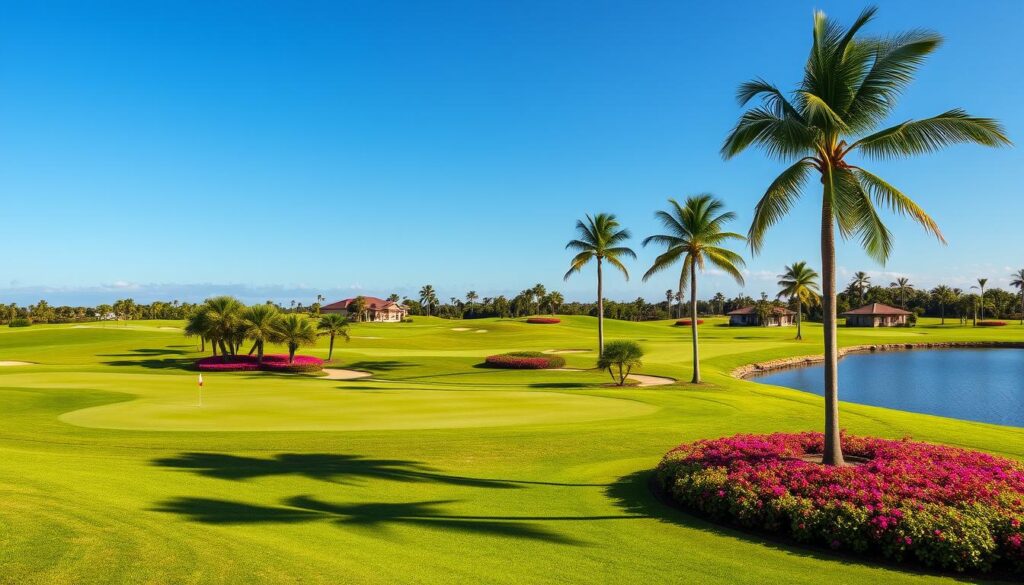



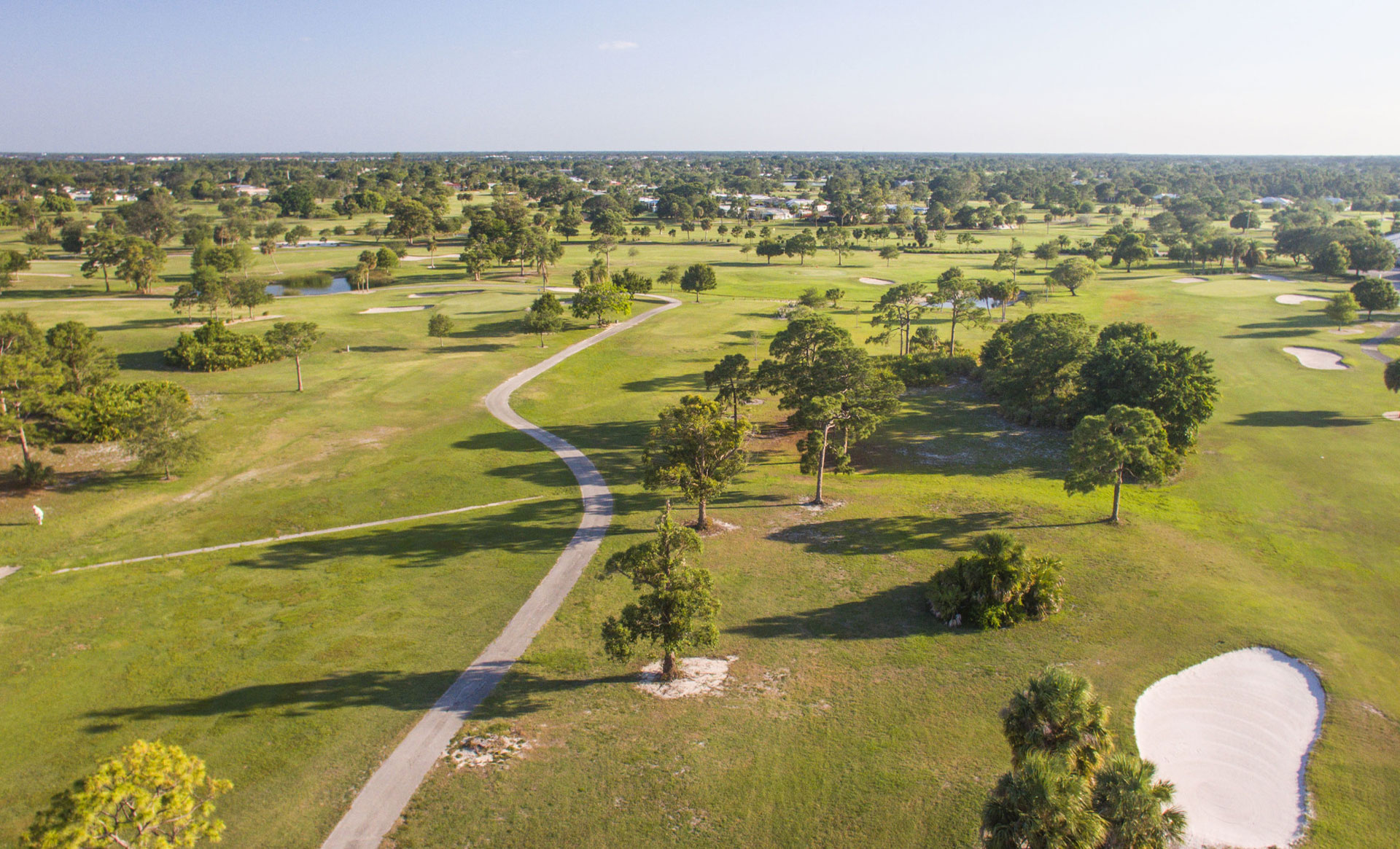


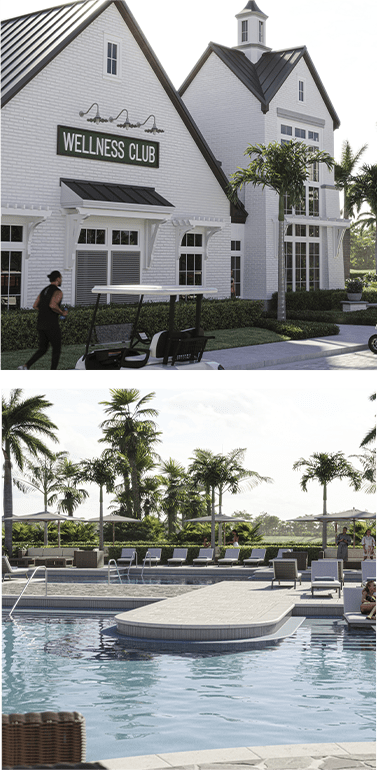
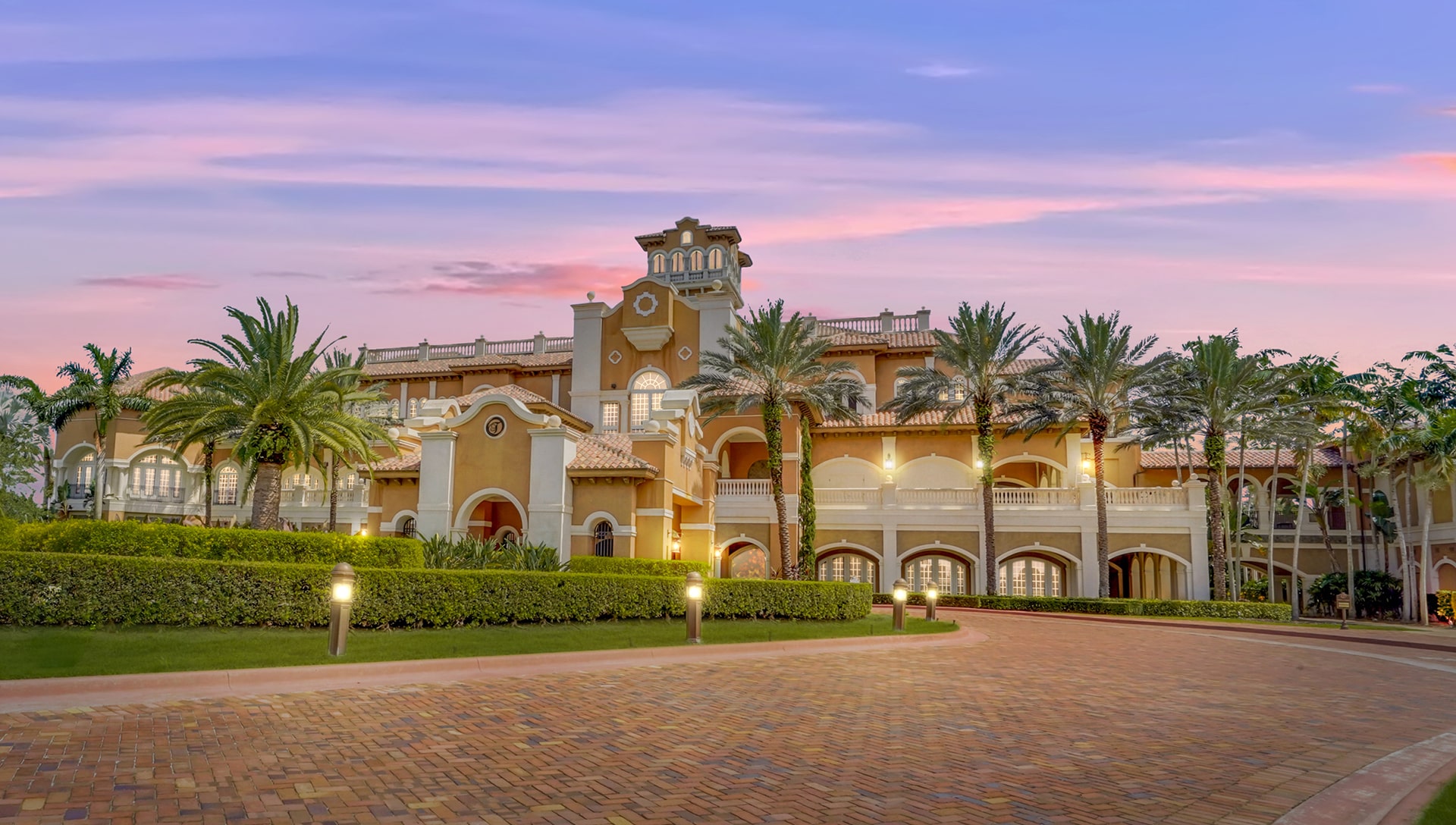
.png)
